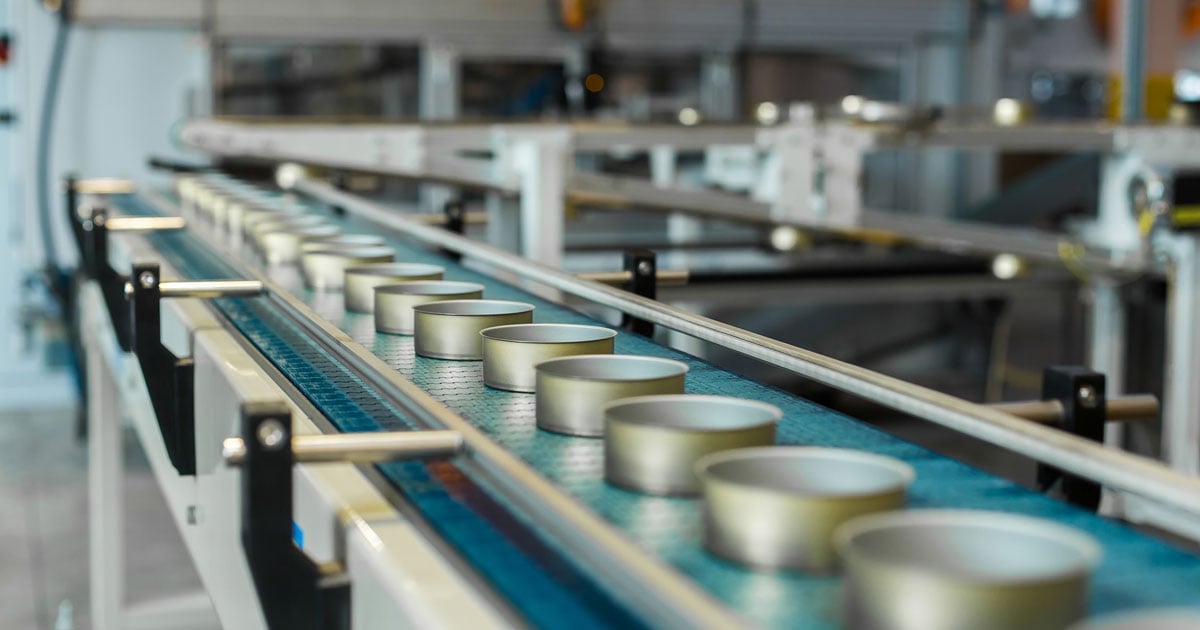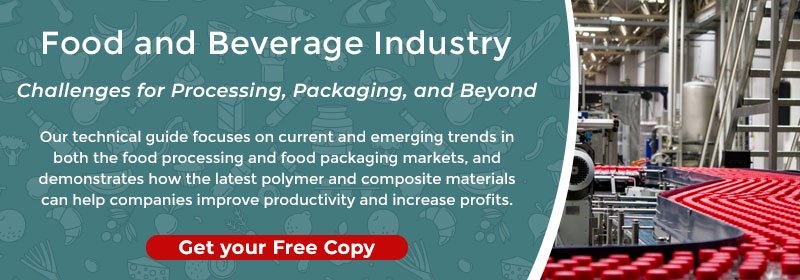
Food processing is a science-driven industry that demands extensive knowledge of chemistry, microbiology, and the physical properties of various foods and agricultural products. It also requires the ability to engineer equipment capable of processing and packaging this food at volume.
For an overview of the Food Processing and Packaging Industry, please see our blog post here. In this article, we highlight some of the most prominent techniques used in food processing and packaging.
Traditional Food Processing Methods Still in Use Today
Food processing is one of the oldest industries on earth: as long as humans have produced food, we have needed methods to process it for optimized nutrition, longer storage life, and improved flavor. Some of the most fundamental food processing methods can be found anywhere from an open campfire to an industrial scale processing facility.
- Cooking is the most ubiquitous form of processing. Heat is applied through various methods like baking, grilling, roasting, and frying. All of these processes require materials that can stand up the varying degrees of heat without degrading or releasing toxic material into food.
- Drying is one of the oldest methods for preserving food. While sun-drying has been used for thousands of years, modern plants employ techniques like freeze-drying (see below).
- Smoking is another simple but effective method for preserving a wide variety of foods. Industrial-scale smoking involves massive smoking chambers that can handle large quantities of food at once.
- Fermentation is a chemical process caused by bacteria and other microorganisms like yeasts in anaerobic (no oxygen) environments. In addition to its famous use for alcoholic beverages, fermentation is used to make products like sauerkraut, yogurts, and bread yeast.
- Pickling: this process can refer to either brine or vinegar immersion. The key feature of this process is a pH sufficient to kill most bacteria. In traditional pickling, antimicrobial herbs like mustard seed and garlic can also be added to the mix. Brine also draws out moisture from food, enhancing preservation. Pickling has been in use at least since the Indus Valley civilization around 2400 BC.
- Salting/Curing: this process works similarly to pickle brine, but uses dry salt, typically on meats. Salting was the main method for preserving meats until the advent of refrigeration. Salt draws water out of the meat to dramatically reduce spoilage.
While these techniques are still used (in a highly advanced and scaled-up form) in industrial-scale food processing, today’s food processing companies have also created completely novel processes.
Advanced Food Processing Methods
Some versions of industrial food processing (like conveyorized ovens) are simply larger-scale versions of traditional food processing techniques. But the technologies available to industrial-scale food processors have also opened entirely new avenues for food processing.
- Freezing, Flash Freezing, and Freeze Drying: freezing dramatically improves freshness and shelf-life for a huge variety of foods, and techniques like flash-freezing help prep food at mass-production speeds and volumes.
- Irradiation: exposing food to ionizing radiation can improve food safety, delay the sprouting of plant products, and help control insects and other pests.
- Pasteurization: in this technique, invented by Louis Pasteur in 1864, food is rapidly heated and then cooled, a reliable method for killing potentially harmful microorganisms.
- High-Pressure Processing: sometimes called Pascalization, this process processes food in high-pressure conditions which kill many bacteria types, improving safety and shelf life. This process is desirable for its energy efficiency, decreased processing time, and the absence of additives. This relatively new process was invented starting being used commercially in the 1990’s and is still being perfected.
- Extrusion: mixed ingredients are forced through an opening to form a continuous shape that can subsequently be cut into a specific size by a blade. This method allows for efficient mass production of food that can be easily cut to size after it is produced.
- Modified Atmosphere Packaging: air inside a package can be substituted with a special gas mix designed to slow spoilage, extend shelf-life, and improve food safety.
- Chemical Additives: In addition to vitamins, antioxidants help prevent oil from going rancid. Emulsifiers can help products like salad dressing from separating into oil and water in the package.
Food Processing Equipment Examples
All of the processes above require specialized equipment. And food needs to be carefully cleaned, prepared, and packaged based on how a food product is processed -- each of these tasks creates even more equipment needs.
Below we list just a few of the massive array of highly-specialized machinery used in food processing. For a more exhaustive treatment, we recommend this resource.
- Cleaning: Sprayers, Ultrasonic Cleaners, Magnetic Separators
- Grading Equipment: lab-like equipment to test food quality.
- Preparation: rollers, peelers (blade/steam/flame), sorting equipment
- Mechanical processing: mills, crushers, strainers, pulpers, slicers, grinders, and saws.
- Extruding Equipment
- Agglomeration Equipment: Pelletizers, Rotating Drums, and High-Speed Agitators
- Forming Equipment: Molders, Formers, and Enrobing Machines
- Mixers: paddle, turbine, anchor, and agitated tank mixers.
Food Packaging Examples and Equipment
The types of packaging used for food are nearly as diverse as the food itself. A few prominent examples include trays, bags, cans, coated paper cans, pallets, and plastic wrap.
For many food products, multiple packaging techniques will be required for each salable item, like a frozen meal with a tray, plastic wrap cover, and outer box (and that means multiple pieces of packaging machinery for just one production line). To package processed food at an industrial scale, food companies utilize a wide variety of specialized equipment. Just a few important examples include:
- Vacuum-packaging machines remove air from plastic packaging to reduce atmospheric oxygen, limiting microbe growth and evaporation to improve shelf-life.
- Cartoning machines that automatically fold paper cartons, applying adhesive as necessary.
- Coding and labeling machines to not only apply repetitive graphics like marketing labels but autocode information that is essential for tracking food freshness.
- Filling and bottling machines for beverages and other liquid products.
- Capping machines to seal and cap bottled liquids.
Learning More
A single food production facility may need to employ many of the machines highlighted above in just a single production line. Food producers face the challenge of keeping all of this equipment up and running in a manufacturing environment with some unique challenges:
- A heightened need for clean operation.
- A wide variety of temperature conditions: food might be fried and frozen even on the same production line.
- A high-margin, high production volume industry where machine downtime comes with serious costs.
- A number of food materials generate abrasive particulate matters that can damage materials made from the wrong materials.
For a more specific look at challenges for food processing and packaging equipment (and how the right material selection can help) we recommend our white paper.









